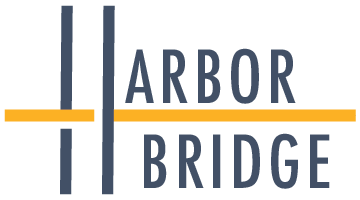Leadership Strategies to Prevent Burnout
Beneath the surface of our results-driven workplaces, where productivity and efficiency are often the main focus, a hidden adversary can quietly erode the foundation of a workforce: employee burnout.
Burnout is a pervasive issue that not only affects individual well-being but can also significantly impact organizational morale and business success. When we undervalue the human element, we risk the very success we strive to achieve.
Business success and individual well-being are not mutually exclusive. By blending empathy with strategy, leaders have the opportunity to prevent burnout by creating environments where both people and performance thrive.
In this article, we explore the nuanced symptoms of burnout and provide practical advice for addressing this complex issue.
Understanding Employee Burnout
Burnout is more than just occasional stress; it's a state of continuous physical and emotional exhaustion, characterized by a lack of engagement and diminishing personal purpose. Unlike stress, which can lead to hyperactivity, burnout manifests as a loss of motivation and disengagement. Burnout is a result of prolonged exposure to stress and is marked by feelings of cynicism, detachment, reduced sense of accomplishment and irritability. From overwhelming workloads to toxic work cultures, when an organization fosters a culture prone to burnout, it risks not only the well-being of its employees but also its own long-term success.
Leadership Strategies to Prevent Burnout
The good news is that leaders and organizations can cultivate a work environment that balances productivity with employee well-being in order to mitigate burnout. Recognizing that burnout is both an individual and systemic issue, a holistic approach is necessary. Key strategies include:
Open Communication: Encourage a culture where employees can openly discuss their workloads and challenges. Active listening and empathetic responses are crucial for building connection and allowing employees to feel seen and that they matter.
Set Realistic Expectations: Balance workloads and deadlines with the actual capacity of employees. Regular check-ins can help understand their challenges and co-create solutions to prevent overburdening.
Highlight the Impact and Purpose of Work: Employees often feel burned out when they lose sight of the value of their work. Regularly communicate how their contributions fit into the bigger picture and acknowledge their role in achieving organizational goals.
Recognize Employees as Whole Individuals: Engage with employees on both professional and personal levels. Understanding their life outside work and respecting their boundaries can significantly enhance their workplace experience.
Promote a Healthy Work-Life Balance: Encourage taking regular breaks and using vacation time. Respect their time outside work and lead by example to show that taking care of personal needs is both acceptable and encouraged.
Foster a Supportive Community: A team that trusts and supports each other can be a powerful buffer against burnout. Encourage a sense of community and mutual support within the team.
How HR Consulting Can Help
Tackling burnout requires a proactive and compassionate approach. At Harborbridge, we specialize in working with organizations to identify and address the root causes of burnout. Through services like organizational audits and leader training, we help build supportive workplace environments that prioritize employee well-being alongside productivity and success. A people-centric approach not only enhances employee engagement but also contributes to the overall health and future success of your organization. Remember, caring for your employees' well-being is an investment in the very heart of your business.
Schedule a free consultation with us to mitigate burnout and create prevention strategies for a healthy team environment.
